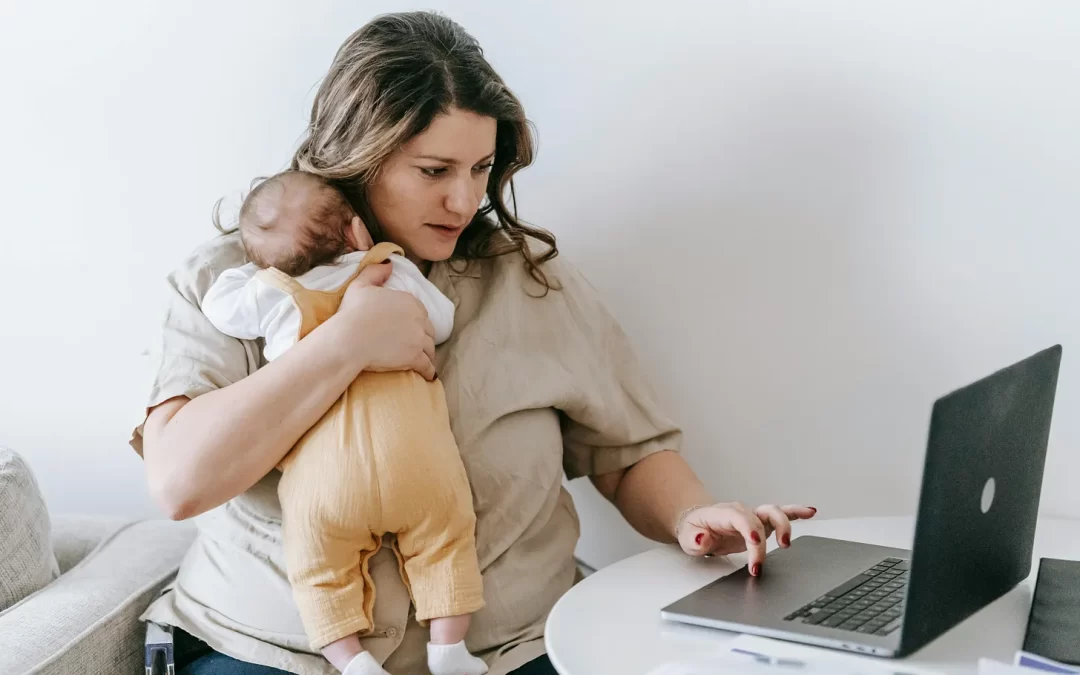No one ever said it’s easy to be a working woman, especially once the decision is made to have children. A very special moment in a woman’s life can be clouded over by the fear of losing her job and/or career. Motherhood penalizes working mothers by potentially losing their status and income, as well as the real possibility of losing their jobs if they choose to take significant time off, especially without paid family leave. And with or without paid leave, after opting out for a period of time, it’s extremely challenging to get back into the workforce without taking a lesser position and pay cut.
The lack of paid leave puts significant pressure on women to shorten their maternity leave or use sick/disability time as an option. Neither choice is optimal.
The fear is losing out on critical time with your newborn versus potentially sabotaging your career and income.
The Joint Committee of Congress’s fact sheet on paid family leave lists the benefits to businesses, parents, employees, especially women, as well as the overall economy.
Benefits include:
Allowing workers to avoid having to choose between caring for their families and keeping their jobs.
Supporting business productivity by boosting employee morale and making it easier for businesses to retain skilled workers
Helping to retain workers with firm-specific knowledge and skills, and from not having to bear the sizable costs of finding and training new employees.
Helping workers stay in jobs that are a good match for them and where they have developed skills, which increases overall productivity.
***Paid leave can help to close the gender pay gap by increasing women’s attachment to the labor force and raising their long-term earnings trajectories
Yet, with all these economic benefits, only 27 percent of U.S. workers have access to paid family leave through an employer and only 40 percent have access to short-term disability insurance.
Read the full article on Substack.com.

Recent Comments